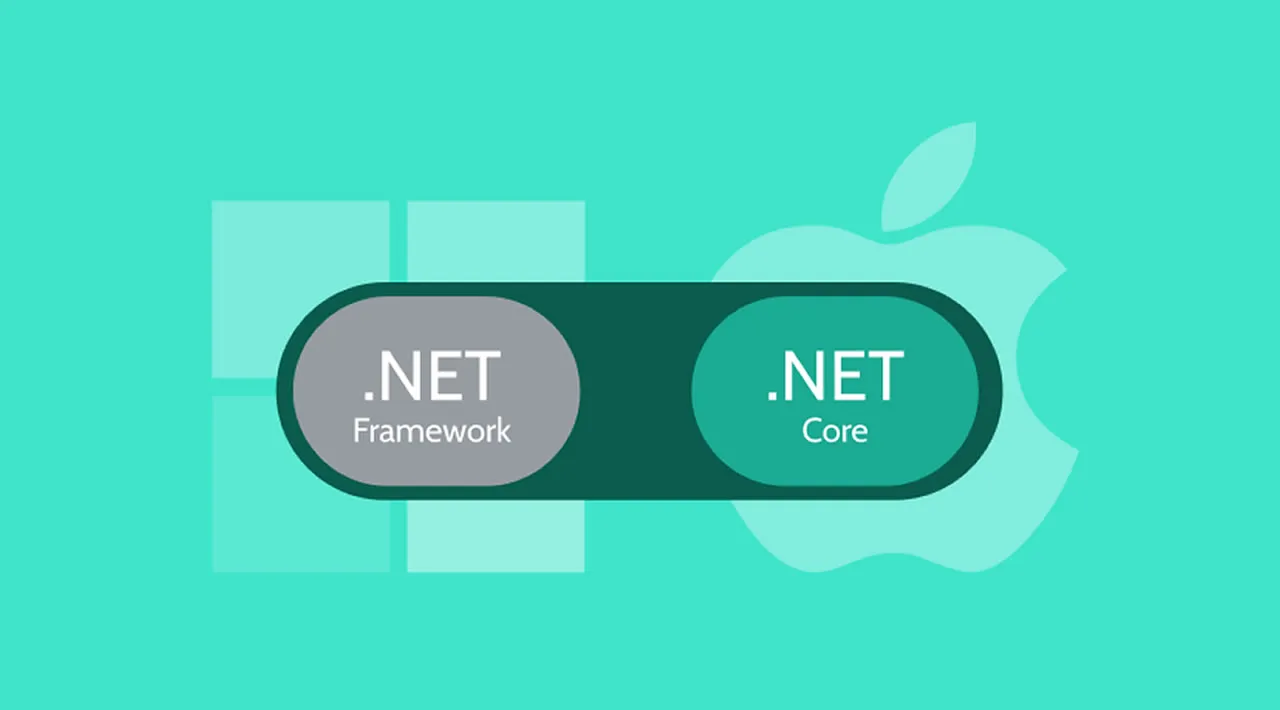Learn about best practices and tips and tricks for migrating from .NET framework to .NET core.
Last year, when Microsoft announced that .NET Framework 4.8 would be the last major release of the full .NET Framework and given that .NET Core was already largely used for cross-platform development, we thought the time to migrate from Framework to Core had definitely arrived.
Besides being cross-platform, .NET Core has better performance, it has several enhancements over the .NET Framework, and it’ll be with us for many years to come. Also, it’s open-source and not proprietary, as Framework used to be.
After .NET Core 3.x, the next major release would be .NET 5 (jumping over “version 4” only as a cosmetic change and dropping “Core” for simplicity’s sake, since there won’t be a “Framework” anymore). The .NET 5 full-version would be arriving at the end of 2020, so we’d decided to start preparing our projects for what’s coming.
To help out anyone who might be going through the same, we decided to share things that have worked for us, as well as some lessons learned.
#application development #software developent #dotnet #dotnet core #dotnet framework
